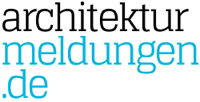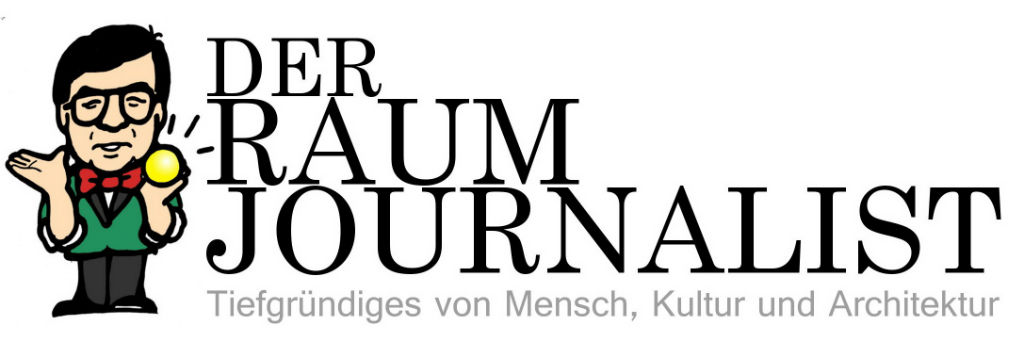“Architecture is the living (or dead) history of a city, it is the context in which humans interact, the architecture and interiors of the places where people have sex reflects their desires and fantasies.” INTERVIEW with Kurt Hollander
The Colombian city of Cali has grown rich by the drug business in the 1980s and 90s, and still is making billions of dollars by the production and distribution of cocaine. Nevertheless, today another industry peaks there: sex. The city is known as party hotspot of Colombia, as “Heaven on Earth” – not only thanks to the tropical climate but also to Salsa music and dancing and its beautiful women.
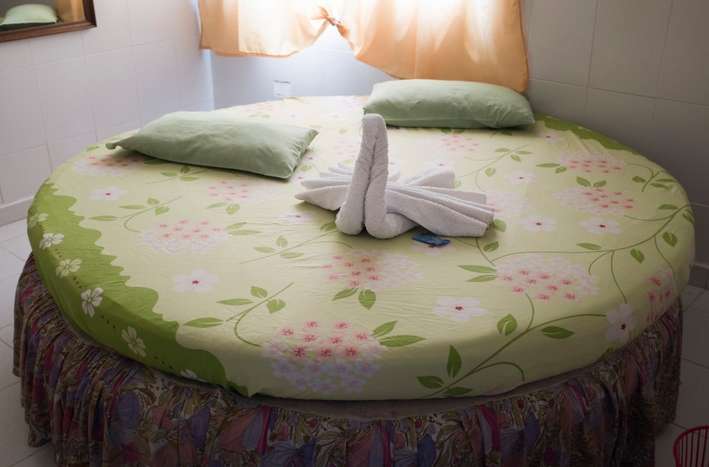
Bar le 20
New York City photographer Kurt Hollander, who has been living in Latin America for almost three decades, has captured this more than special situation in the city in photographs. The series The Architecture of Sex assembles a broad range of glimpses into this parallel reality – especially at the Motel Kiss Me, a sex hotel with 180 themed rooms; he has also researched and photographed in other places where people have the most sex in the city. In doing so, he has won the confidence of the inhabitants, so that portraits of the women have also been created.
Much of Hollander’s work, a writer and documentary photographer, deals with vernacular architecture: there is a series of Tampico, Mexico, a city with a long history of abandonment and narco violence, while another series focuses on public bathrooms in Mexico City.
Still, we got hooked by the peculiar world of the Architecutre of Sex and asked Kurt Hollander to tell us more about how it came about!
all illus. (c) Kurt Hollander
www.kurthollander.com
INTERVIEW
Tell us a bit about your project The Architecture of Sex. How did it come about?
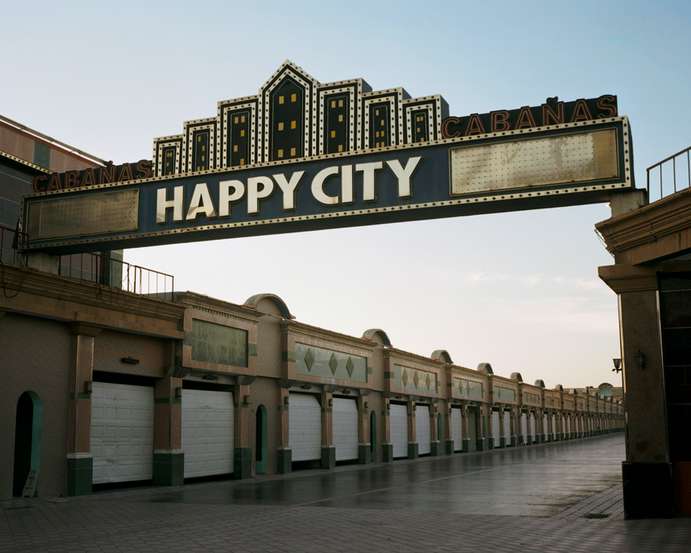
Happy City
About 5 years ago, while working in the Dominican Republic, I came across a series of love motels in Santo Domingo. These cabañas were huge structures with elaborate entrances and cool names (Happy City, Obsession, Universal) where couples would go to have sex without being seen by anyone. I took a series of photographs of the facades with a medium format camera and liked the results so much that I starting looking on the Internet for other strange love motels, which is how I found Motel Kiss Me in Cali, Colombia.
What is that?
Motel Kiss Me is a huge structure with over 120 theme rooms filled with painting, sculpture and installations of the culture of major cities around the world. The owner of Kiss Me generously let me stay there in a suite (with a jacuzzi and sauna) for two weeks for free, including meals with all the staff. I not only fell in love with the motel, I also saw how open and friendly the people in Cali are and that convinced me to return and to continue taking photographs of the world of sex in the city. I had just gotten divorced after 25 years of marriage in Mexico City and I was interested to see what life and sex was like in other parts of the world these days. I had also just published a book about death in Mexico City, the result of 6 years of research and photo-documentation, and was looking for another project that would open up a new world for me.
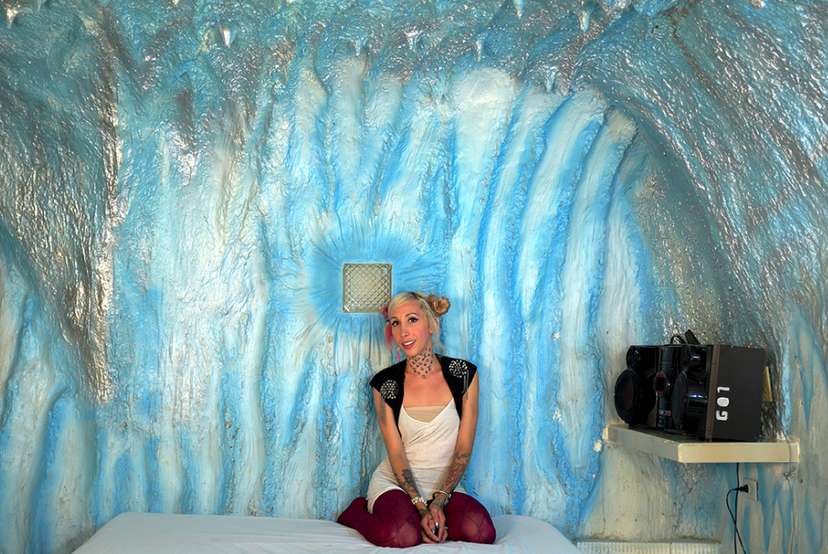
Motel Kiss Me
I was pretty shy at first asking people if I could take photographs in sex establishments, but most people gave me permission so I continued to find new places, such as porn cinemas, massage parlors, erotic videochat studios and eventually brothels. The series The Architecture of Sex is a very straightforward documentation of the places where people in Cali have the most sex outside of their homes. Once I gained access to document the places and employees, and after publishing it in Uncube magazine in Berlin, I gained their confidence and eventually was able to begin taking photographs of the women who work there. These portraits continue the same documentation of place that I did in The Architecture of Sex, but now contain the human element of portraits, which gives the work more specificity in terms of time and place, and adds more cultural elements to the work.
Tell us a little bit about your work in general – what’s the core subject of your work? And what interests you about architecture?
I have always been interested in popular culture, that is, of working-class, local, handmade, vernacular culture, culture that reflects the life in and the history of a particular city. My book about death in Mexico City was a very deep history of the city since before the Aztecs built Tenochtitlan, and it viewed the present situation in relation to the city’s violent, conflictive past. I began to research sex in Cali in the same way, including the history of its culture as a means to penetrate deeper into the local world. Architecture is the living (or dead) history of a city, it is the context in which humans interact, and in terms of sex the architecture and interiors of the places where people have sex reflects their desires and fantasies.
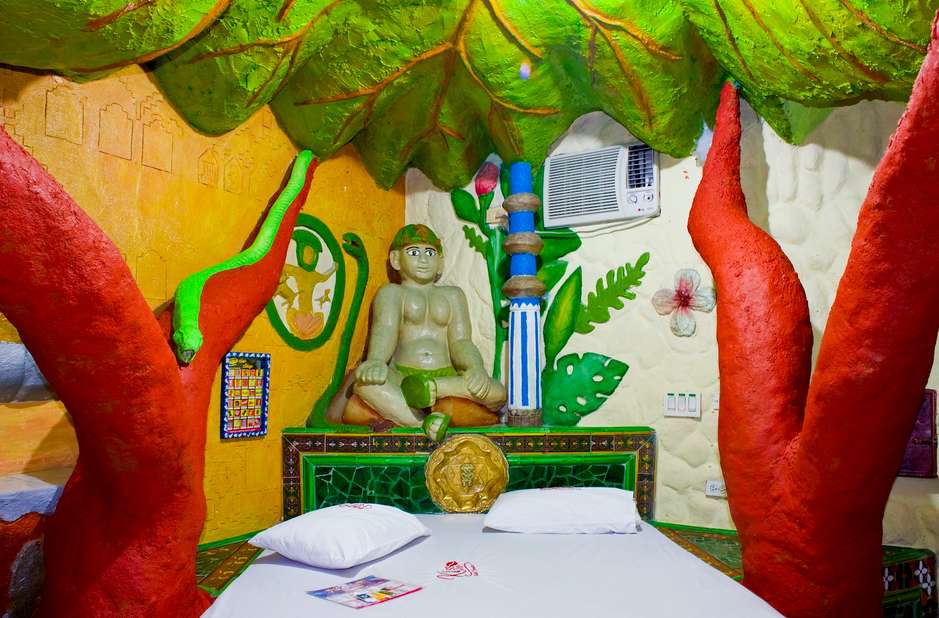
Motel Kiss Me
You are a writer also – what are you writing about?
Alongside the photo-documentation of the architecture of sex, I have spent the past three years researching and writing a book about all aspects of sex in Cali, and am structuring it as an autobiography (as I did with my book about death in Mexico City), a form of participatory journalism. It is in no way a fuck journal, but rather it is a self-aware memoir about what it means to be a recently-divorced gringo photographer in Cali, and how impressed I am about the healthy, joyous sexuality in the city.
Why photography? What possibilities does it offer to you?
I have always been a writer, but I have also always taken photographs. Only recently have I taken myself seriously as a photographer. This project about sex in Cali has helped me take myself much more seriously, has given me access to amazing visual worlds and to people who usually don’t pose in front of a camera. To put my own photographs of women and sex in Cali in perspective, I will have one chapter of the book deal with images of sex, focusing on the history of photography in the city, its use in constructing images of beauty of women, and the practical applications of photography (such as the sex life of photographers). Holding a camera in my hands has helped me get into places and to have close contact with people I never would have without it.
How is your working process – conceptual or is it rather „a reaction to a found situation“?
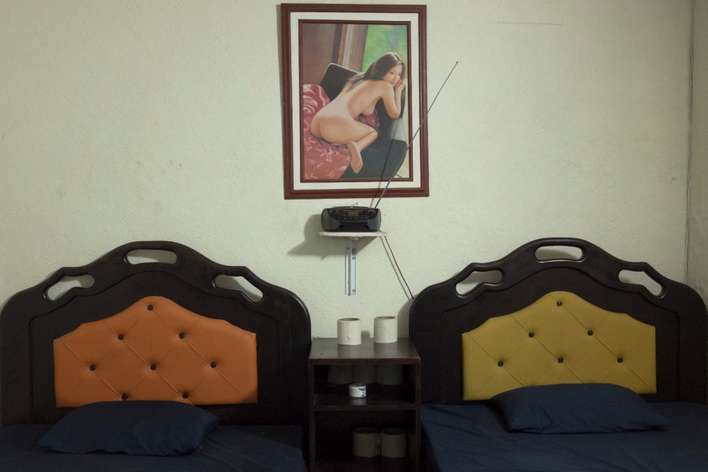
El Escoses
My photography work is a kind of conceptual documentation. It’s conceptual in the sense that I choose a theme, in this case sex, and use it as a point of entry to follow it all around the city and way back into the past. Sex is very present in everyday life in Cali, which means that most people don’t even see it anymore, they just take it for granted, but because I’m working as an artist and because I’m a foreigner, I find a lot of great sex-related material and a whole new world to document. People in Cali are very open talking about their own sexual experiences, and about being photographed, so it’s been a much easier process than it would be in Mexico or in the United States, for example.
Are there role models, influences, … which inspire your work?
More than any single photographer, I am inspired by popular (working class) photography and its uses in media, such as in calendars, tabloids, social media, etc. The series of portraits I took of women in Motel Kiss Me were inspired by a series of calendars back in the 1990s of models and actresses, but mostly of narco-muñecas (narco-babes) in Cali, that shaped the ideal of beauty during that time.
Your shows are somewhat of a experience of their own, too!
In July 2017 I held an exhibition of photographs of prostitutes inside Bar la 20, Cali’s oldest and largest brothel. I lived in Bar la 20 for one week, interviewing and taking photographs of women who worked there, to help prepare a book on the history of the place that I am putting together for the 50th anniversary of the establishment. The exhibition was for friends and people from the local artworld, but it was even more so for the women who work there, for them to see the work I’ve been doing there.
I have shown my work in many museums and galleries in the USA and Mexico, but I prefer to exhibit in non-artwold venues. When I do exhibit in a formal art space, I try to convert it into something else, such as when I exhibited photographs of the Dominican love motels I installed a bed, a ceiling mirror and a towel folded into the shape of a swan in the space to recreate what the original spaces looked like. For me, the context is as important as the work itself, and I have always felt that the commercial or institutional artworld is elitist and is designed to exclude the working class and outsiders.
Kurt, thank you for sharing your story with us!




